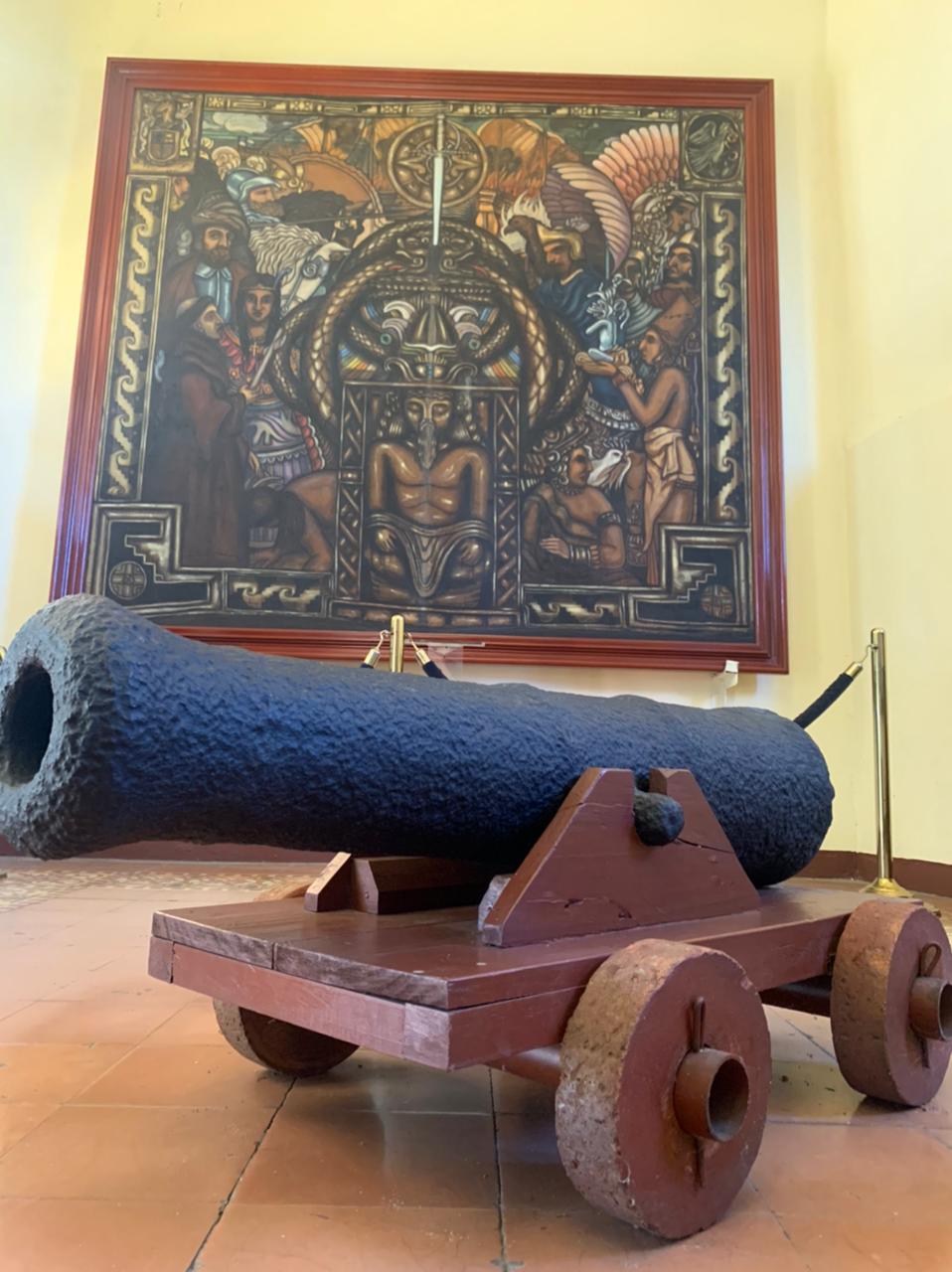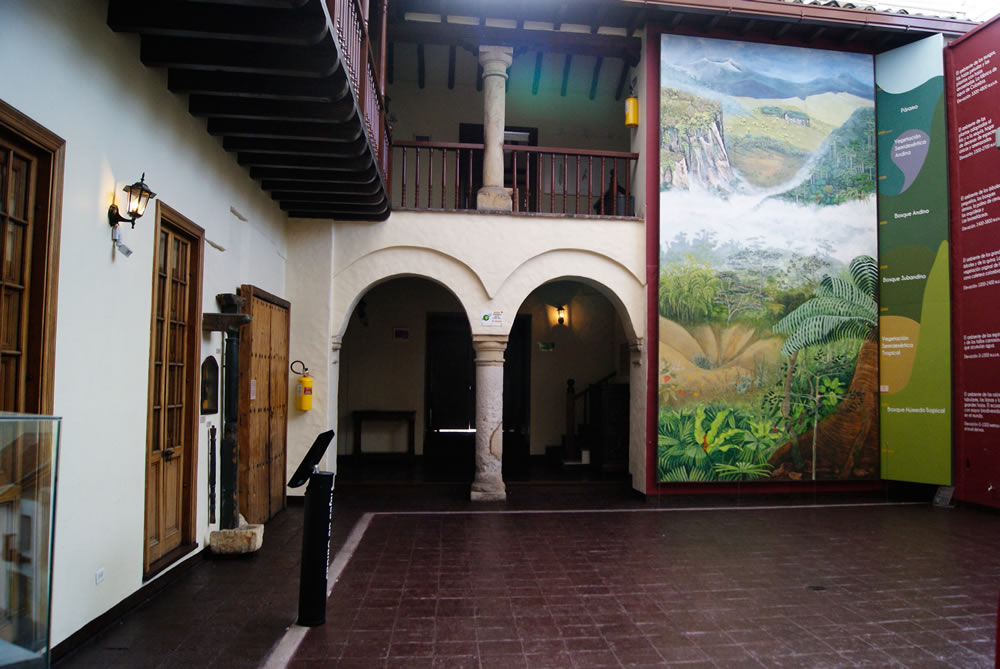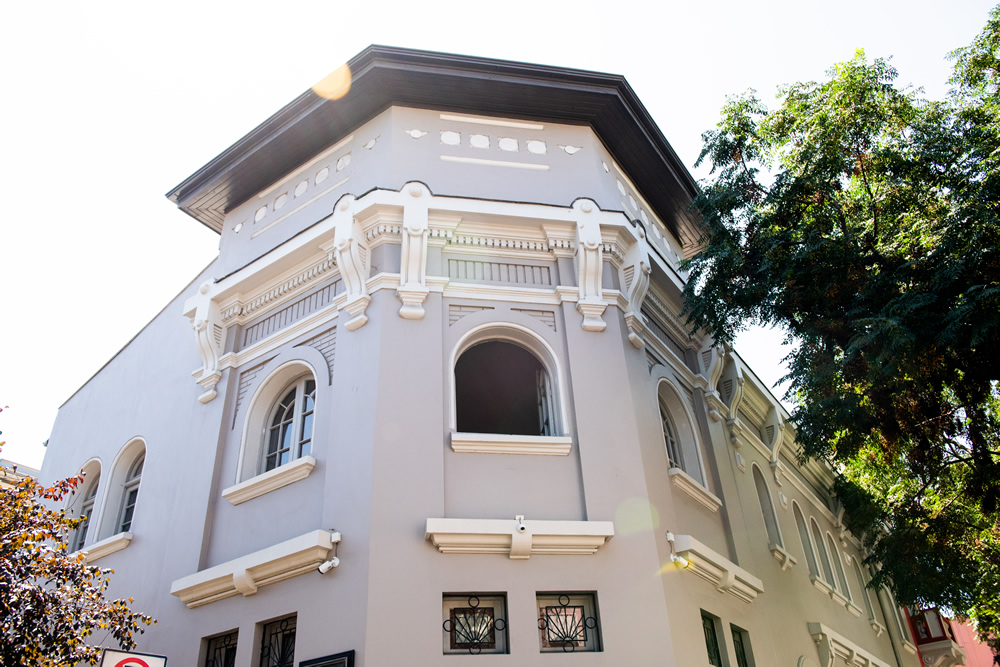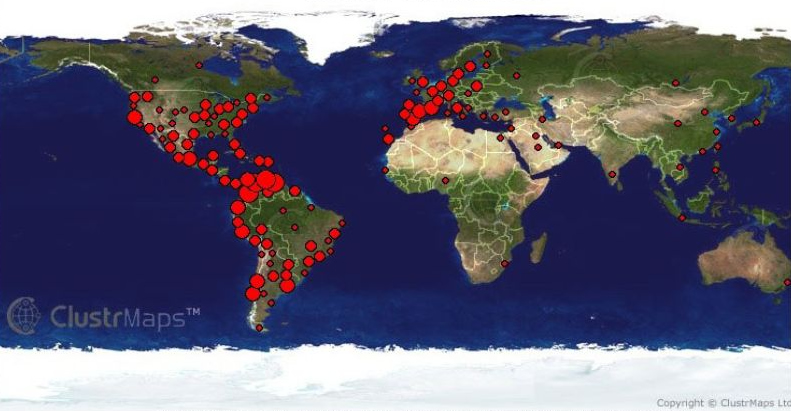 Exterior, 13th Street and New York Ave sides
Exterior, 13th Street and New York Ave sides
Photographer: Thomas H. Field
By: María Alejandra Guzmán
The National Museum of Women in the Arts recognizes and highlights the work of women in the arts, not only remarkable women of the past but also contemporary artists. NMWA is the only major museum of its type in the world and is celebrating its 30th anniversary year. It was founded in 1987 by Wilhelmina Cole Holladay and Wallace F. Holladay, art lovers and collectors.
Since March was Women’s History Month, at Museodata we wanted to commemorate this special time by interviewing a woman that is essential to the operation of the museum. Amy Mannarino, the director of communication and marketing at the museum, talks about her interest in arts, the importance of art as an agent of social change, the famous social media campaign #5womenartists and more.
 Amy Mannarino
Amy Mannarino
- How would you describe Amy Mannarino?
I have been the Director of Communications and Marketing at the National Museum of Women in the Arts (NMWA) in Washington, D.C. for more than four years. Prior to that I worked for 8 ½ years in Baltimore, Maryland, at The Walters Art Museum as the Manager of Public Relations. I have also worked in marketing and communications at the Smithsonian American Art Museum and its Renwick Gallery as well as The Phillips Collection, so I have almost 18 years of experience in art museums. I am extremely committed to championing women artists and gender parity—not only in the arts but in society as a whole.
- Why did you decide to have a career in arts, mainly in the communication area?
I sometimes think that the arts chose me! I had always been interested in theater, dance, and the visual arts, but I did not study this as an undergraduate. I received a bachelor’s degree instead in International Relations with a concentration in Peace and Conflict Resolution. My first internship was at a small organization called Women Strike for Peace, since I have long been draw toward organizations specifically valuing women’s voices.
I later decided that I would like to explore working in the arts and went back to school for a Graduate Certificate in Arts Management. My first job was as a Public Relations Assistant at The Phillips Collection in D.C. I found that my interest in writing about and sharing my love for art was a natural fit with a career in communications and marketing.
- Before joining the National Museum of Women in the Arts, had you been always sensitive to the lack of women in the cultural landscape?
Yes, but the last four years have made me even more aware of the lack of women receiving their due, especially women of color. When I go to a museum or gallery now, I notice immediately if there are few works by women artists hanging on the walls.
- In your opinion, why is it important to understand art as an agent of social changes, mainly for women?
At conferences and talks there is often a discussion of either women and art, art and social change, or women and social change but usually no discussion on the intersection of all three. Our director saw this critical gap and developed the concept for what developed into our Women, Arts, and Social Change (WASC) initiative. This public programming, which began in fall 2016, highlights the power of women and the arts as advocates for ideas and solutions to society’s most pressing issues—especially those affecting women and girls—and inspires action in the arts and beyond. It is becoming a model in the museum world for empowering women, sparking community involvement, and engaging new audiences.
The signature program of WASC are Fresh Talks, which convene women from a range of disciplines—people whose socially conscious ideas are reshaping lives and economies, engaging communities, and empowering women. They are a forum for innovators and thought leaders to engage audiences in conversations on issues such as art, design, gender, equity, the environment, identity, and social and economic opportunity.
 FRESH TALK: Carrie Mae Weems—Can an artist inspire social change?
FRESH TALK: Carrie Mae Weems—Can an artist inspire social change?
11/15/2015
People: Carrie Mae Weems
Photographer: Kevin Allen
“At conferences and talks there is often a discussion of either women and art, art and social change, or women and social change but usually no discussion on the intersection of all three”.
- Even though the women have more visibility in arts every passing year, there is still a long way to go. In terms of leadership, and as the director of communication and marketing at NMWA, why is it important that women achieve positions of management, not only in small cultural institutions but museums and others?
I am concerned that the arts are becoming a “pink ghetto” or a field where, as the saying goes, women are cooks and men are chefs. Women play a predominant role in staff positions throughout cultural organizations, but directors of major institutions are often male. According to the 2014 report “The Gender Gap in Art Museum Directorships,” by the Association of American Art Museum Directors, women lag behind men in directorships held at museums with budgets over $15 million, holding 24% of art museum director positions and earning 71¢ for every dollar earned by male directors.
- You have worked in the museum the past 4 years. What was the most gratifying thing that happened to you and the most difficult thing you had to deal with?
I am extremely gratified by the work that we have embarked upon as a staff and board toward rebranding the museum. Founder Wilhelmina Cole Holladay opened the museum in 1987 with the idea of reinserting women into the history of art. As we head into our 30th-anniversary year, we have clarified our commitment to championing women through the arts while looking forward to what we will be in the next 30 years. We are aligning the entire institution around our new brand values of champion, fresh, and open and devising a new strategic plan.
- What are the advantages and disadvantages of leading the communication and marketing area of an only museum of its type?
The advantages are many. As the only major museum in the world devoted to celebrating the creative contributions of women in the arts, we are in a unique position to be a both a leader and resource for other cultural organizations and journalists researching the issue of gender parity in the arts or looking for information on women artists. An “Advocate” section on our website provides facts and figures for all to use.
As for a disadvantage, it can sometime be a challenge to meet the varied hopes and expectations of all women artists and advocates, but we try!
“I am concerned that the arts are becoming a “pink ghetto” or a field where, as the saying goes, women are cooks and men are chefs. Women play a predominant role in staff positions throughout cultural organizations, but directors of major institutions are often male”.
- You are one of the members piloting the campaign “Can you name 5 women artists. Where this idea came from?
For Women’s History Month each year, we receive a much greater number of media inquiries than usual, so we wanted to develop a more proactive way to respond.
We landed on the idea of launching a social media campaign around the question, “Can you name five women artists?” to address gender equity issues in the art world. A seemingly simple question with a not-so-simple answer—even for those who consider themselves well-versed in the arts—#5womenartists has elicited surprise, provided a challenge, and sparked conversation about gender parity in the arts. We are now in our second year of the campaign, and interest has only increased with participating organizations from all 50 United States and all seven continents. Hopefully your readers will also want to participate.

- For people and institutions who don’t live in the United States, how they can be involved with the NMWA?
The #5WomenArtists social media campaign is a perfect way for cultural organizations and individuals to challenge themselves to respond to the prompt, “Can you name five women artists?” by posting images or facts about women artists on Instagram, Facebook, and/or Twitter, while also following along on NMWA’s social media platforms in order to learn more about great women artists.
Also, the Fresh Talks that are part of the Women, Arts, and Social Change initiative are live-streamed for free for all to see, and participants can follow along with the conversations on #FreshTalk4Change.
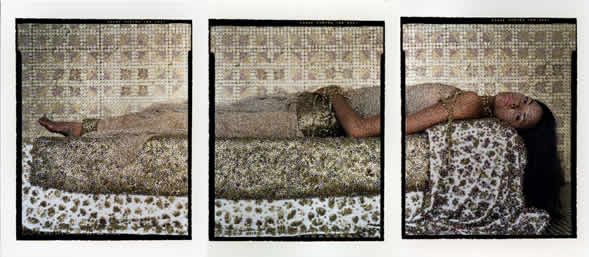 Lalla Essaydi, Bullets Revisited #3, 2012; Three chromogenic prints mounted to aluminum with a UV protective laminate, 180 x 144 in.; National Museum of Women in the Arts, Purchased with funds provided by Jacqueline Badger Mars, Sunny Scully Alsup and William Alsup, Mr. Sharad Tak and Mrs. Mahinder Tak, Marcia and Frank Carlucci, and Nancy Nelson Stevenson
Lalla Essaydi, Bullets Revisited #3, 2012; Three chromogenic prints mounted to aluminum with a UV protective laminate, 180 x 144 in.; National Museum of Women in the Arts, Purchased with funds provided by Jacqueline Badger Mars, Sunny Scully Alsup and William Alsup, Mr. Sharad Tak and Mrs. Mahinder Tak, Marcia and Frank Carlucci, and Nancy Nelson Stevenson
- What plans or projects have the museum for its 30th anniversary?
The 30th anniversary roster of special exhibitions will launch on June 23, 2016, with REVIVAL, an exhibition of contemporary sculpture, photography, and video by women artists. Exploring how arresting aesthetics and intense subject matter can spur the viewer into a transcendent encounter with a work of art, the exhibition focuses on 16 artists, including Louise Bourgeois, Sonya Clark, Petah Coyne, Lalla Essaydi, Maria Marshall, Alison Saar, Beverly Semmes, Joana Vasconcelos, and Bettina von Zwehl.
REVIVAL examines the spectacle and visual enchantment that underlies much contemporary art. Rousing the spirit rather than simply tantalizing the eye, the artists in this exhibition harness scale, technique, and effect in photography and sculpture to reanimate deep-rooted emotions related to the human experience.
Web: https://nmwa.org
Facebook: https://www.facebook.com/womeninthearts
Twitter: https://twitter.com/womeninthearts
Instagram: https://www.instagram.com/womeninthearts/
Publicado por museodata.com, con permiso del Autor / Posted by museodata.com, with permission.

